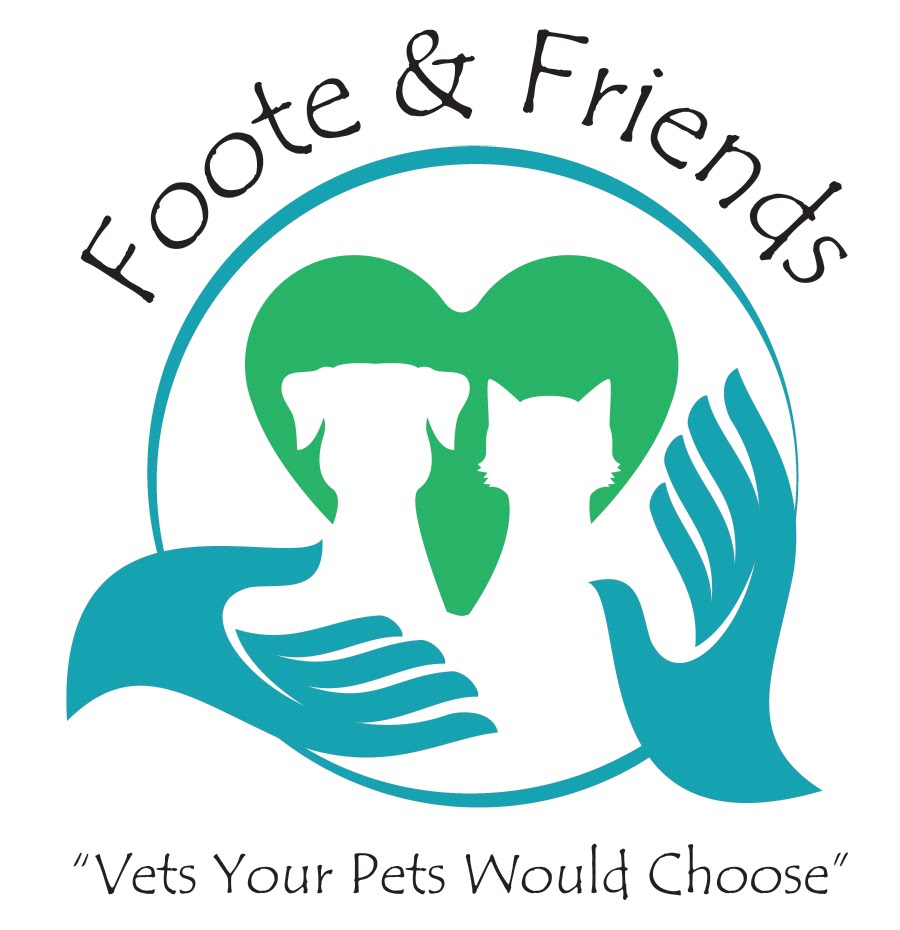I have been posting some Face book live events at Low Stress Handling of dogs and cats face book page for the past two weeks. We have had some great ideas and I am answering the comment requests as they come in. About a week ago, there was a request to show how to handle the bouncy, active but happy dog presented for care. This is a common situation in veterinary clinics and shelters. Often there is no time for clicker training, or setting up training visits, and you have to provide care that day. So the question was how does one get this dog to calm down, especially if the dog is not medicated, and cannot be rescheduled?
The scene is this - you have a happy, very animated dog who is jumping up on you, taking treats in a grabby way, and full of life. We all value this happiness, but the dog becomes more agitated when held, or an examination begins. The caregivers - DVM or technician need to do their job, but the touch can increase agitation which can result in the dog flipping it's head and aggressing. What the heck is going on here???? The dog seemed happy but now he is biting me?
 |
| targeting to a bowl with shoulder hold - less agitation with focus |
All of this physical animation increases adrenaline, the fight or flight hormone. A dog may not be negatively stressed but bouncing around so much they are preparing their body and mind to react. That is why when you start a non painful exam with a stethoscope, they flip their head and try to snap. That touch is the one extra stimulus on an already amped up body responding with fight. While a stethoscope is not threatening, the touch is enough to be the added stimulus to have the dog react against it.
 |
| cowl hold to minimize handling but safe for the dog and handler |
 |
| reward directly to the dog's mouth, with cheerio sized treats |
Be aware of what ramps this dog up. Often, people coming in and out the exam room door adds to the agitation. Bring the dog in the room after you have set up all the needed medications, vaccinations and items for examination. Every time you open and close that door, the dog may run to the door, jump up at you coming in and out. You can leave the door open to avoid the opening and closing stimulus.
Do not allow the dog to investigate the room. Keep the dog on leash,and limit the amount of area that the dog can pace or wander around. This limits the physical agitation that starts the continuum leading to handling aggression. (1) In my office, we had a carribiner clip to attach the dog' s leash to to help hold that dog in place. If the dog has a flexi style leash, have some thick nylon 6 foot leashes to attach then tether the dog.
If the owner is not helping the dog to calm, have the technician take the dog from the owner and start rewarding for calm behavior. Small tidbits of treats taken softly for sitting or standing calm can immediately be instituted. A food puzzle held for targeting when sitting then removed when any focus is broken can also be immediate target training that will help the dog to calm. This often demonstrates to the client how to handle the dog at home for times when the dog is agitated.
Use the mother dog calming pheromone - Adaptil immediately. About 5 sprays on a bandana applied in the waiting area and re applied in the exam room will calm the dog within 5-10 minutes. Diffusers are helpful, but do not work as quickly as the spray. Target to a bowl and lure the dog into place. The staff must know the collar and cowl handling techniques to minimize the amount of physical contact with these dogs. Often, dogs of this nature have had 2 or more people holding them down forcefully to restrain. Many dogs like this are not conditioned to struggle against body holds, so you must have a lower amount of hands holding them but some point of restraint for safety. If you increase the amount of holding, often the dog will struggle against the restraint and aggress.
With these dogs you go the opposite direction with handling - have an anchor such as a collar hold or cowl hold but less physical restraint. Use a target in addition to the collar hold to focus the dog's attention away from the examiner and stimulus of any injection.
The Low Stress Handling certification program goes into specific details of positioning dogs like this, how to handle them on leash to lead them for exam as well as positioning them for radiography or blood draws. All of these situations are high risk for aggression because the dog is physically primed for reacting. In the " less is more " approach, you need to have a hold on these dogs but one that is not forceful. The Low Stress Handling, Restraint and Behavior Modification of Dogs and Cats by Sophia Yin DVM covers these techniques. This is a youtube video demonstrating how to use the cowl hold in a dog. https://www.youtube.com/watch?v=z5L6f9f365M&t=101s
Please join me at low stress handling of dogs and cats on facebook. I am hosting weekly facebook live events to demonstrate ways to reduce stress to dogs and cats in care.
Thanks!
Sally J Foote DVM
https://www.psychologytoday.com/us/blog/canine-corner/201801/can-dogs-suffer-adhd
https://pethelpful.com/dogs/Understanding-Sensory-Overstumulation-in-Dogs

